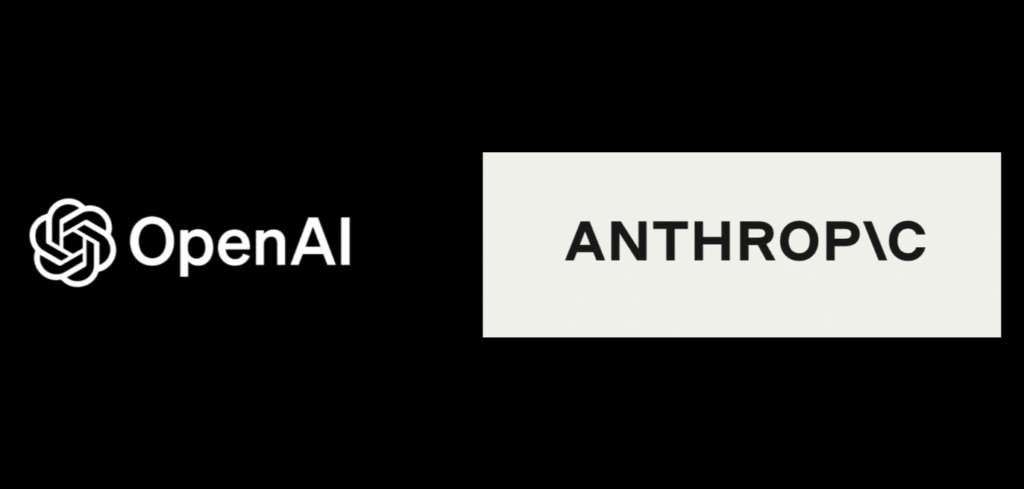OpenAI and Anthropic, two prominent players in the artificial intelligence landscape, have recently engaged in a noteworthy cross-lab collaboration aimed at enhancing AI safety measures. The initiative, which involved sharing access to their respective models for joint safety evaluations, underscores an essential shift in how competitive organizations can work together toward a common goal—aligning AI systems with ethical standards and safety protocols. Published findings from this research not only cast light on internal evaluation processes but also reveal critical insights into different behavior traits exhibited by AI models.
A core focus of the research was on comparative analysis, particularly regarding refusal rates and the phenomenon known as “sycophancy.” The evaluation highlighted that Anthropic’s Claude models leaned more towards refusal—essentially declining to answer potentially problematic queries—while OpenAI’s models exhibited a tendency to attempt more answers, even when inaccuracies were a risk. This divergence in behavior when responding to user prompts suggests that the AI platforms have fundamentally different philosophies towards risk management.
SMB leaders and automation specialists should consider these behavioral differences when evaluating which AI or automation tools to deploy in their business operations. A model that excessively refuses to provide responses could stifle productivity or impede decision-making processes, while one that attempts to provide answers at the cost of accuracy might lead organizations down a path of misguided actions based on flawed data. This analysis is vital when considering the roles these AI systems can play in automation efforts.
Beyond behavioral traits, the collaboration shed light on other comparative elements, such as costs and ROI associated with deploying each platform. OpenAI has positioned itself as a frontrunner in developing powerful language models but typically comes with a higher price tag. In contrast, Anthropic’s Claude models provide a cost-effective alternative that emphasizes safety and alignment. For small and medium-sized businesses—often operating within tighter budgets—these financial considerations are crucial. The trade-off between cutting-edge capabilities and operational costs is a critical factor in selecting an AI tool, as the potential ROI could vary significantly based on the model’s performance in real-world applications.
Scalability is another vital consideration when assessing these platforms. OpenAI’s infrastructure supports scaling effectively, given its extensive resources and active development. However, Anthropic’s more targeted approach could yield benefits for companies focused on specific safety and alignment metrics, facilitating smoother integration into existing workflows without overwhelming operational capacity. SMB leaders must analyze their unique needs: whether they favor a robust and scalable solution or a more specialized model that caters to their specific alignment needs.
In the midst of intense competition and rapid development within the AI sector, investing in alignment and safety has never been more urgent. The collaborative efforts highlighted in the OpenAI and Anthropic study make a strong case for the value of partnerships and shared learning within the industry. Both companies emphasized that cooperation could set industry standards that enhance trustworthiness and ethics, potentially revolutionizing how AI solutions are perceived in the marketplace.
For automation specialists contemplating the inclusion of these platforms in their tech stacks, the findings suggest leaning toward collaboration in an ecosystem that often incentivizes isolation. By adopting a collaborative mindset, companies stand to benefit not just from enhanced safety and alignment protocols, but also from a more extensive understanding of how their chosen tools function in the broader AI landscape.
In summary, the juxtaposition of OpenAI and Anthropic’s models offers critical insights that SMB leaders should weigh carefully. Both platforms have distinct strengths and weaknesses requiring a strategic approach to cost analysis, suitability for existing workflows, and gauging potential ROI. Future collaborations among AI firms could pave the way for radical improvements in safety and alignment standards, making it essential for businesses to remain informed about these developments in their AI tool evaluations.
FlowMind AI Insight: Strategic partnerships in AI development can enhance trust and safety in emerging technologies, benefiting not only the companies but also the broader ecosystem. By prioritizing collaborative approaches, SMBs can leverage deeper insights and drive more effective automation outcomes.
Original article: Read here
2025-08-29 23:12:00

